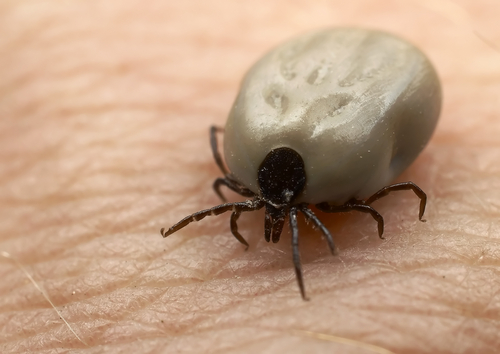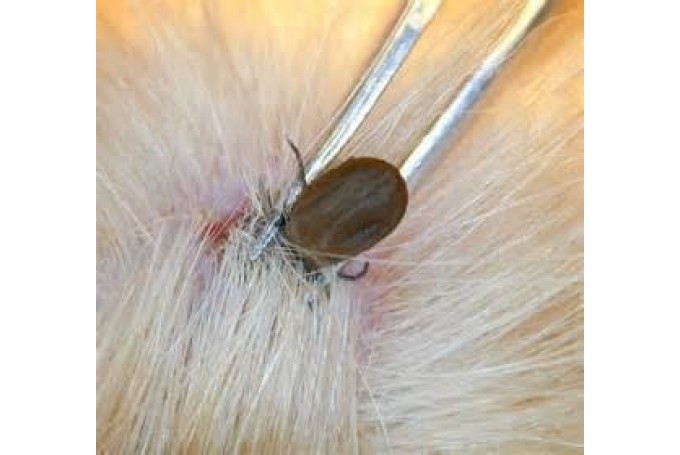Ticks and Arctic Breeds: It's that time again...
- Claire Batchelor
- Oct 25, 2017
- 2 min read
What are Ticks?
Ticks are small parasites that partially burrow themselves into the skin of animals, birds, and sometimes reptiles, in order to suck the blood of the unlucky host. After finding their preferred location and initiating the feeding, a tick will remain stationary for days, taking in the infinite abundance of nutrients. They anaesthetise the area they bite through in order to prevent any sensation of pain, so it’s all that harder to detect them. Ticks are usually active from Spring, Summer (at their worst) and then Autumn. In some places in Australia, they are active all year around.
How does my Arctic Breed get Ticks?
After a nice stroll at the park, especially in brushy and foresty areas, your dog may pick up a few ticks on the way. It’s important to check your dog for ticks periodically, especially in the warmer summer months. They are most often acquired from tall brush or grass where they board your unsuspecting dog as she’s enjoying playtime, but they can also be acquired from your very own backyard . More often than not, ticks will remain undetected because of their small size. But after a few days of feasting, a tick may grow exponentially larger as they fill with blood. Ticks prefer to feast near the head, neck, ear, and feet area, but they are not limited to those areas, so be sure to check everywhere!
How do I Know if my Arctic Breed has a Tick?
Some ticks may be small enough to miss, but generally, you can detect most of them with the naked eye. A good rule of thumb is to check your dog for ticks every time you go out for playtime in grassy or brushy areas, especially areas open to forests where deer and other animals can carry them in.
How do I Remove a Tick from my Arctic Breed?
Care has to be taken when removing a tick from your Arctic Breed. The most popular removal tool is the good old tweezers, but there are products specifically designed to remove ticks like the Tick Nipper. You want to grasp the tick as close to your dog’s skin as possible, without pinching it. The tick feels solid, but it can burst if you squish it with the tweezers, making it harder to remove. Any blood that comes out of the tick can contain an infection that could transmit to your dog or even to you! Gently pull the tick out. Be sure to remove all body parts including the head.
How do I Prevent a Tick Infestation?
First and foremost, keep your lawn mowed and clean. Tall grass and trash may invite rodents to visit your lawn and deposit ticks on your dog’s playground. There are many commercial products including Tick Collars (Preventic), Chews (Bravecto) or Spot On treatments (Frontline) available for tick and flea control to keep those parasites off your fur friend. You can purchase these in pet stores or online.
For more information check out the following links:











Comments